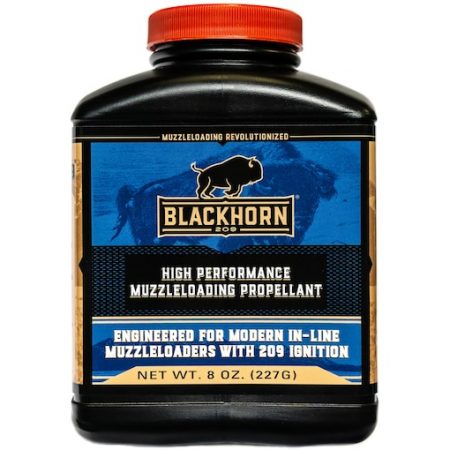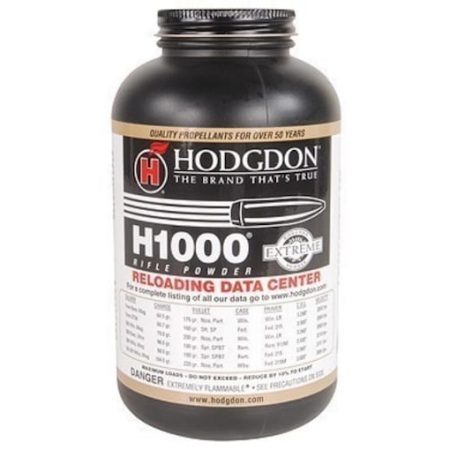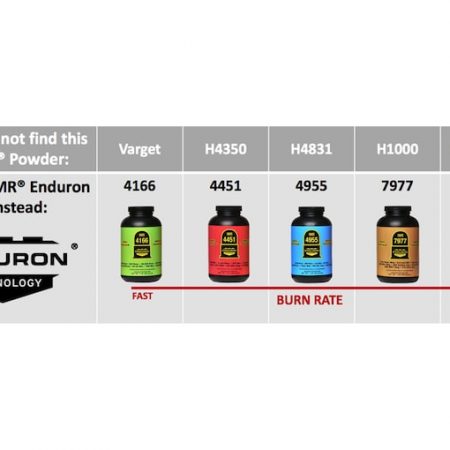The first such explosive was black powder, which consists of a mixture of saltpetre (potassium nitrate), sulfur, and charcoal. When prepared in roughly the correct proportions (75 percent saltpetre, 15 percent charcoal, and 10 percent sulfur), it burns rapidly when ignited and produces approximately 40 percent gaseous and 60 percent solid products, the latter mostly appearing as whitish smoke. In a confined space such as the breech of a gun, the pent-up gas can be used for propelling a missile such as a bullet or artillery shell. Black powder is relatively insensitive to shock and friction and must be ignited by flame or heat. Though it has largely been supplanted by smokeless powder as a propellant for ammunition in guns, black powder is still widely used for ignition charges, primers, fuses, and blank-fire charges in military ammunition. With varied proportions of ingredients, it is also used in fireworks, time fuses, signals, squibs, and spatting charges for practice bombs.
Smokeless Powder
Black powder is thought to have originated in China, where it was being used in fireworks and signals by the 10th century. Between the 10th and 12th centuries, the Chinese developed the huo qiang (“fire lance”), a short-range proto-gun that channeled the explosive power of gunpowder through a cylinder—initially, a bamboo tube. Upon ignition, projectiles such as arrows or bits of metal would be forcefully ejected, along with an impressive gout of flame. By the late 13th century the Chinese were employing true guns, made of cast brass or iron. Guns began to appear in the West by 1304, when the Arabs produced a bamboo tube reinforced with iron that used a charge of black powder to shoot an arrow. Black powder was adopted for use in firearms in Europe from the 14th century but was not employed for peaceful purposes, such as mining and road building, until the late 17th century. It remained a useful explosive for breaking up coal and rock deposits until the early 20th century, when it was gradually replaced by dynamite for most mining purposes.




